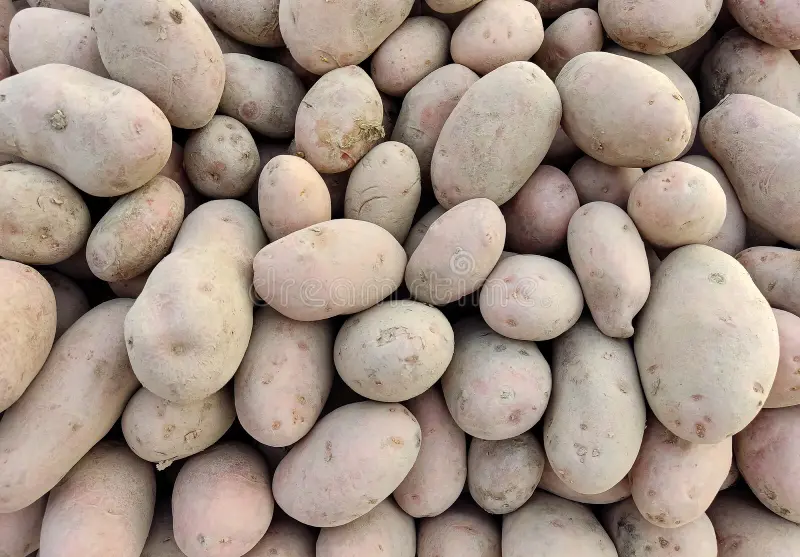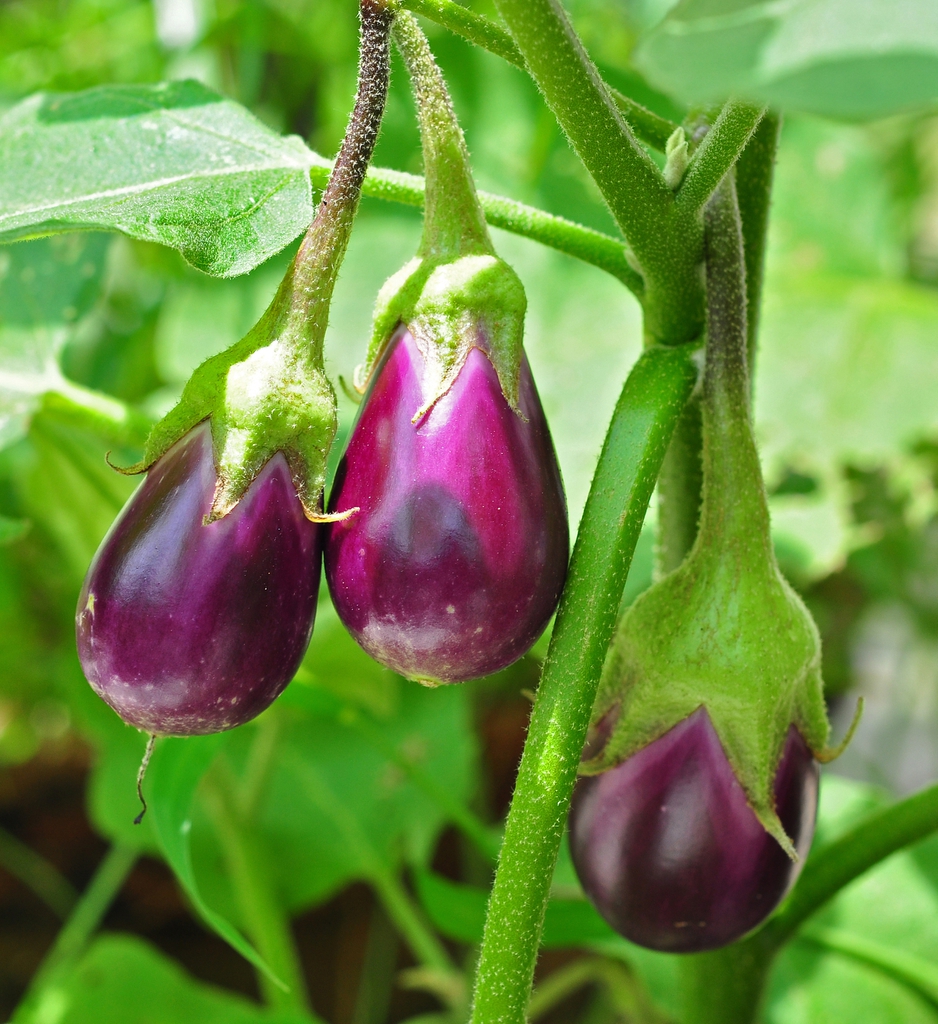National Vegetable of India: A Comprehensive Guide to India's Beloved Vegetables
India, known for its rich cultural heritage and diverse cuisine, is a treasure trove of culinary delights. Among its vast array of flavors, one cannot overlook the significance of vegetables in Indian cooking. In this article, we delve into the topic of the national vegetable of India, exploring the country's most beloved vegetables and their cultural importance. From the versatile potato to the aromatic onion, join us on a journey through India's vegetable kingdom.

National Vegetable of India
1. The Importance of Vegetables in Indian Cuisine:
Vegetables play a pivotal role in Indian cuisine, both as standalone dishes and essential ingredients in various recipes.
Indian households embrace a wide variety of vegetables to create flavorsome and nutritious meals.
They provide essential vitamins, minerals, and dietary fiber, contributing to a well-balanced diet.
2. Understanding India's National Vegetable:
Unlike countries that have an official national vegetable, India does not have a specific vegetable designated as its national emblem.
However, several vegetables hold immense cultural and culinary significance across the country. Let's explore some of these prominent vegetables.
2.1. Potato (Solanum tuberosum):
The versatile potato, widely cultivated in India, is a staple in numerous regional cuisines.
Whether in the form of spicy curries, crispy fritters, or comforting mashed potatoes, this humble vegetable adds depth and flavor to countless Indian dishes.

Potato (Solanum tuberosum)
2.2. Onion (Allium cepa):
Found in various shapes, sizes, and colors, the onion is an integral part of Indian cooking.
Its pungent aroma and distinctive taste enhance curries, stir-fries, and salads. Onions are also used as a base for flavoring many Indian gravies and sauces.
2.3. Tomato (Solanum lycopersicum):
While botanically a fruit, tomatoes are widely considered as vegetables in culinary contexts.
Their tangy flavor adds a refreshing touch to Indian curries, chutneys, and salads. Tomatoes are rich in antioxidants and are an excellent source of Vitamin C.
2.4. Brinjal/Eggplant (Solanum melongena):
With its glossy purple skin and creamy flesh, brinjal, or eggplant, is a popular vegetable in India.
It features prominently in dishes like baingan bharta (roasted eggplant mash), curries, and pickles. Brinjal is a good source of dietary fiber and antioxidants.

Solanum melongena
3. Regional Variations in Vegetable Consumption:
India's vast geographical expanse gives rise to a diverse range of regional cuisines, each with its own vegetable preferences. Let's explore some regional variations in vegetable consumption:
3.1. North India:
In North Indian cuisine, vegetables such as cauliflower, peas, and fenugreek leaves are widely used. Dishes like aloo gobi (potato and cauliflower curry) and matar paneer (peas and cottage cheese curry) are popular in this region.
3.2. South India:
South Indian cuisine emphasizes the use of vegetables like drumstick, bitter gourd, and snake gourd. Dishes like sambar (lentil and vegetable stew) and avial (mixed vegetable curry) showcase the abundant use of vegetables in this region.
3.3. East India:
East Indian cuisine incorporates vegetables like pointed gourd, pumpkin, and colocasia leaves. Dishes like shorshe begun (mustard-infused eggplant) and chenchki (a mixed vegetable stir-fry) are representative of this region's culinary delights.
3.4. West India:
West Indian cuisine embraces vegetables like okra, ridge gourd, and cluster beans. Dishes like bhindi masala (spicy okra stir-fry) and gavar bhaaji (cluster beans curry) showcase the vibrant flavors of this region.
While India does not have an officially designated national vegetable, the culinary landscape of the country is abundant with a wide range of vegetables that hold immense cultural and gastronomic significance. From the versatile potato to the pungent onion and the tangy tomato, each vegetable contributes to the rich tapestry of Indian cuisine. Exploring regional variations further highlights the diversity and vibrancy of vegetables in India. So, let's celebrate the flavors and nutritional benefits of India's national vegetable kingdom, which continues to delight taste buds around the world.